Why CISOs and CTOs Must Collaborate More Than Ever in Today’s Security Landscape
The pace of technological change in today’s business environment is unprecedented. Organizations are racing to adopt cloud computing, artificial intelligence, and automation to stay competitive, while cyber threats grow in sophistication and frequency. This dual reality means that innovation and risk management are now inseparable. The Chief Information Security Officer (CISO) and Chief Technology Officer […] The post Why CISOs and CTOs Must Collaborate More Than Ever in Today’s Security Landscape appeared first on Cyber Security News.

The pace of technological change in today’s business environment is unprecedented. Organizations are racing to adopt cloud computing, artificial intelligence, and automation to stay competitive, while cyber threats grow in sophistication and frequency.
This dual reality means that innovation and risk management are now inseparable. The Chief Information Security Officer (CISO) and Chief Technology Officer (CTO) are at the heart of this convergence, each holding crucial responsibilities for the organization’s future.
Yet, the days when these roles could operate independently are over. The modern security landscape demands a new level of partnership—one where CISOs and CTOs align strategies, share insights, and build resilient systems together.
This collaboration is not just about preventing breaches; it’s about enabling secure innovation, protecting brand reputation, and ensuring long-term business viability in a world where the next disruption is always around the corner.
Evolving Roles of CTOs and CISOs
Traditionally, CTOs have been seen as the architects of technological progress, driving digital transformation and delivering new products to market.
Meanwhile, CISOs have been tasked with safeguarding the organization’s data, ensuring regulatory compliance, and responding to incidents. However, as technology becomes more deeply embedded in every aspect of business, these roles are converging.
CTOs are now expected to build security into every technology layer, from the initial design phase to deployment and maintenance. This means adopting secure coding practices, integrating security tools into development pipelines, and staying ahead of emerging threats.
At the same time, CISOs are shifting from reactive defenders to proactive partners, collaborating with technology teams to identify risks early and advise on secure architectures.
They are increasingly involved in business strategy, helping to balance the need for speed with the imperative for safety. This evolution requires constant communication and a shared understanding of business objectives and threat landscapes.
When CTOs and CISOs work together, they can create an environment where innovation thrives without compromising security.
Five Drivers Forcing Closer Collaboration
- Digital Transformation Acceleration
As organizations migrate to the cloud, adopt IoT devices, and support remote work, their attack surfaces expand dramatically. CTOs leading these initiatives must coordinate closely with CISOs to implement security controls such as zero-trust architectures, ensuring that new technologies do not introduce unforeseen vulnerabilities. - Regulatory and Compliance Pressures
Increasingly strict data privacy and cybersecurity regulations require organizations to demonstrate robust controls and clear audit trails. CISOs depend on CTOs to design systems that meet these requirements from the ground up, incorporating features like automated encryption and real-time compliance monitoring. - AI and Emerging Technologies
Adopting AI, machine learning, and other advanced technologies brings opportunities and risks. Algorithm bias, data poisoning, and adversarial attacks are just a few of the new challenges. Joint oversight between CTOs and CISOs ensures that these technologies are deployed responsibly, with security and ethics in mind. - Sophisticated Threat Landscapes
Cybercriminals are using advanced tactics, from ransomware-as-a-service to supply chain attacks. Effective defense requires a united front: CISOs provide threat intelligence and incident response expertise, while CTOs reinforce infrastructure with segmentation, redundancy, and rapid recovery capabilities. - Security-by-Design Mandates
Customers and partners now expect transparency and assurance that products are secure by design. Collaborative approaches, such as integrating security testing into development cycles (“shift-left”), help identify and remediate vulnerabilities early, reducing costs and strengthening trust.
These drivers make it clear that the success of digital initiatives now hinges on the ability of CISOs and CTOs to work hand-in-hand, breaking down traditional barriers and building a culture of shared responsibility.
The most effective organizations recognize that security and innovation are not opposing forces but two sides of the same coin.
To foster true collaboration between CISOs and CTOs, leadership must create an environment where both roles are aligned around common goals and empowered to make joint decisions.
This starts with setting unified objectives, measuring technological progress, and security outcomes. For example, linking CTO performance metrics to vulnerability remediation times or compliance milestones ensures that security is a shared priority, not an afterthought.
Regular cross-functional meetings, joint risk assessments, and integrated workflows help maintain team visibility and accountability.
When CTOs view CISOs as strategic partners rather than barriers to innovation, and CISOs champion security as a driver of business value, organizations can respond quickly to threats while confidently pursuing new opportunities.
- Unified Objectives: By aligning incentives and KPIs, organizations ensure that innovation and security are measured and rewarded together, reducing friction and encouraging collaboration.
- Cross-Functional Workflows: Shared tools and processes, such as integrated ticketing systems and joint incident response exercises, promote transparency and enable faster, more coordinated action.
Ultimately, the partnership between CISOs and CTOs is essential for navigating today’s complex security landscape. It enables organizations to innovate confidently, protect their assets, and build the resilience to thrive in an ever-changing world.
By embracing shared accountability and continuous collaboration, leaders set the stage for sustainable success, where technology and security move forward, together.
Find this News Interesting! Follow us on Google News, LinkedIn, & X to Get Instant Updates!
The post Why CISOs and CTOs Must Collaborate More Than Ever in Today’s Security Landscape appeared first on Cyber Security News.










































































































































































![[The AI Show Episode 144]: ChatGPT’s New Memory, Shopify CEO’s Leaked “AI First” Memo, Google Cloud Next Releases, o3 and o4-mini Coming Soon & Llama 4’s Rocky Launch](https://www.marketingaiinstitute.com/hubfs/ep%20144%20cover.png)
























































































































































![Did I Discover A New Programming Paradigm? [closed]](https://miro.medium.com/v2/resize:fit:1200/format:webp/1*nKR2930riHA4VC7dLwIuxA.gif)

























































































-Classic-Nintendo-GameCube-games-are-coming-to-Nintendo-Switch-2!-00-00-13.png?width=1920&height=1920&fit=bounds&quality=70&format=jpg&auto=webp#)















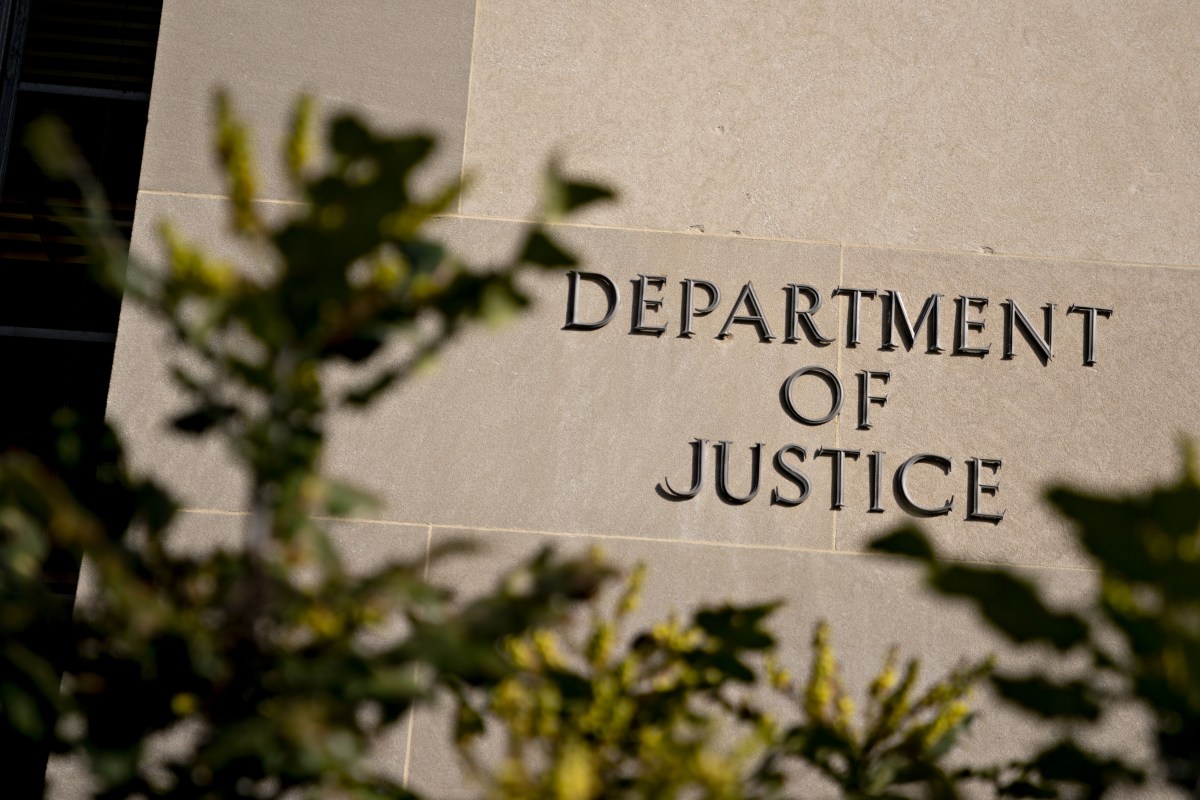











_Wavebreakmedia_Ltd_FUS1507-1_Alamy.jpg?width=1280&auto=webp&quality=80&disable=upscale#)

















































































































![New iPhone 17 Dummy Models Surface in Black and White [Images]](https://www.iclarified.com/images/news/97106/97106/97106-640.jpg)


![Hands-On With 'iPhone 17 Air' Dummy Reveals 'Scary Thin' Design [Video]](https://www.iclarified.com/images/news/97100/97100/97100-640.jpg)


























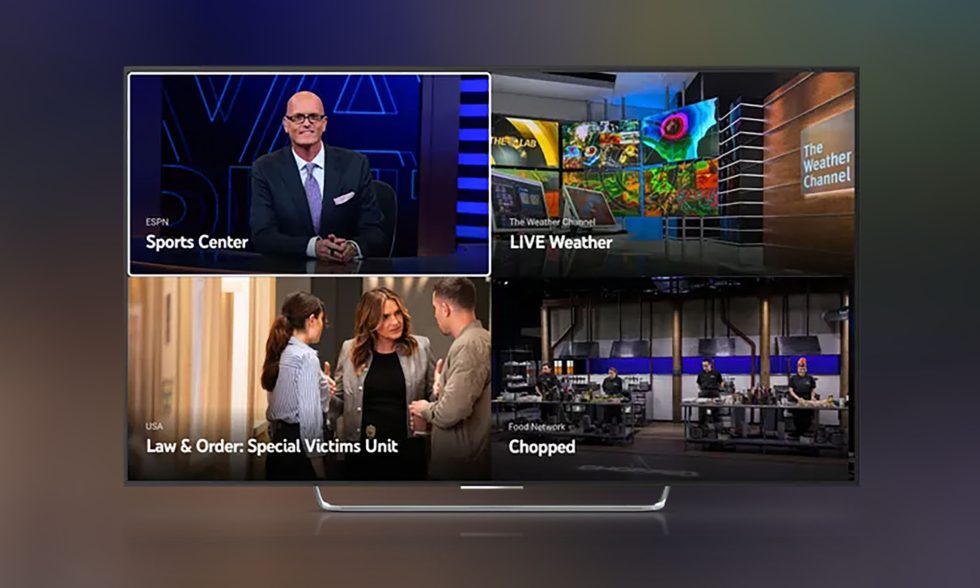
















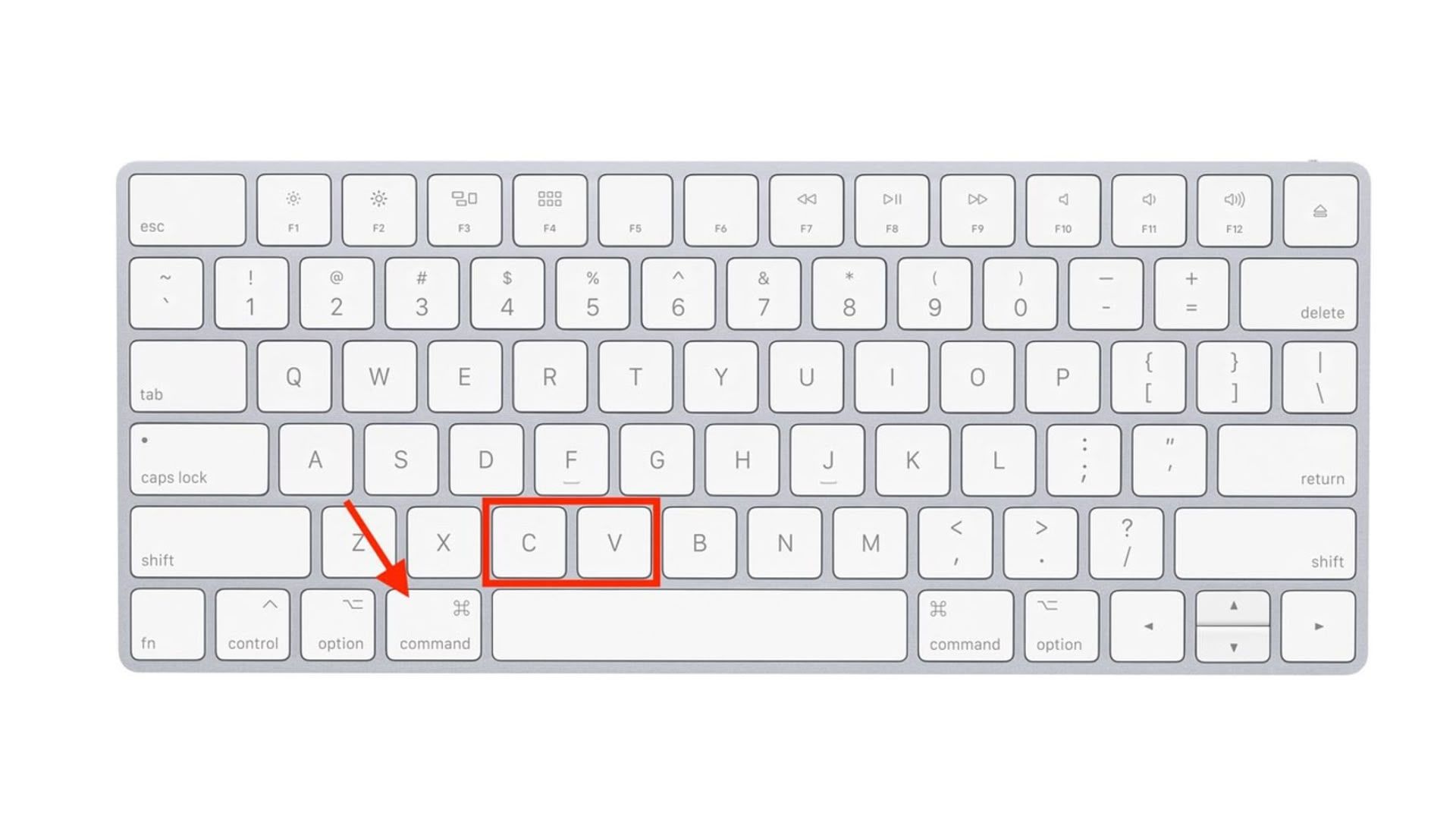
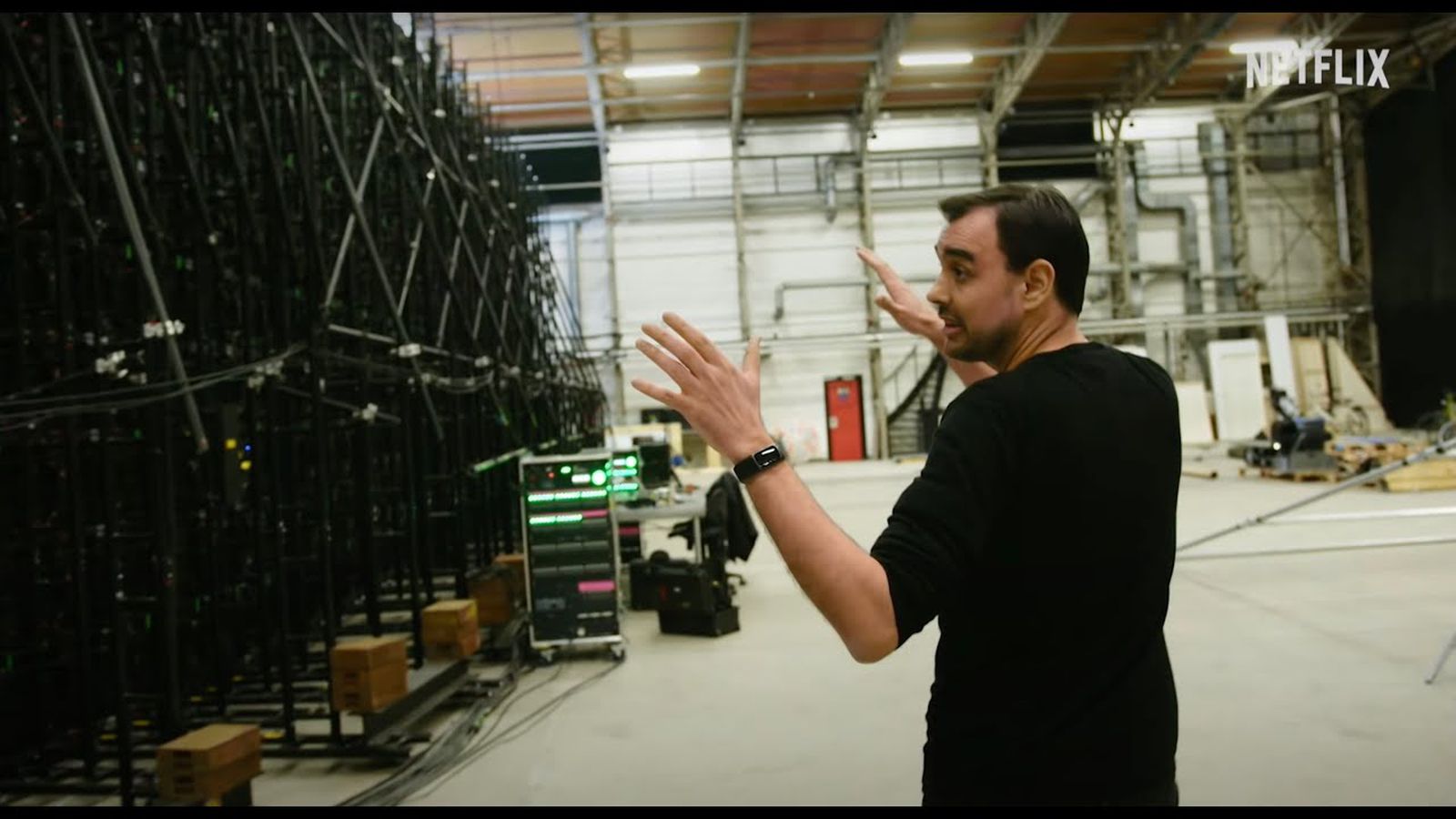



















































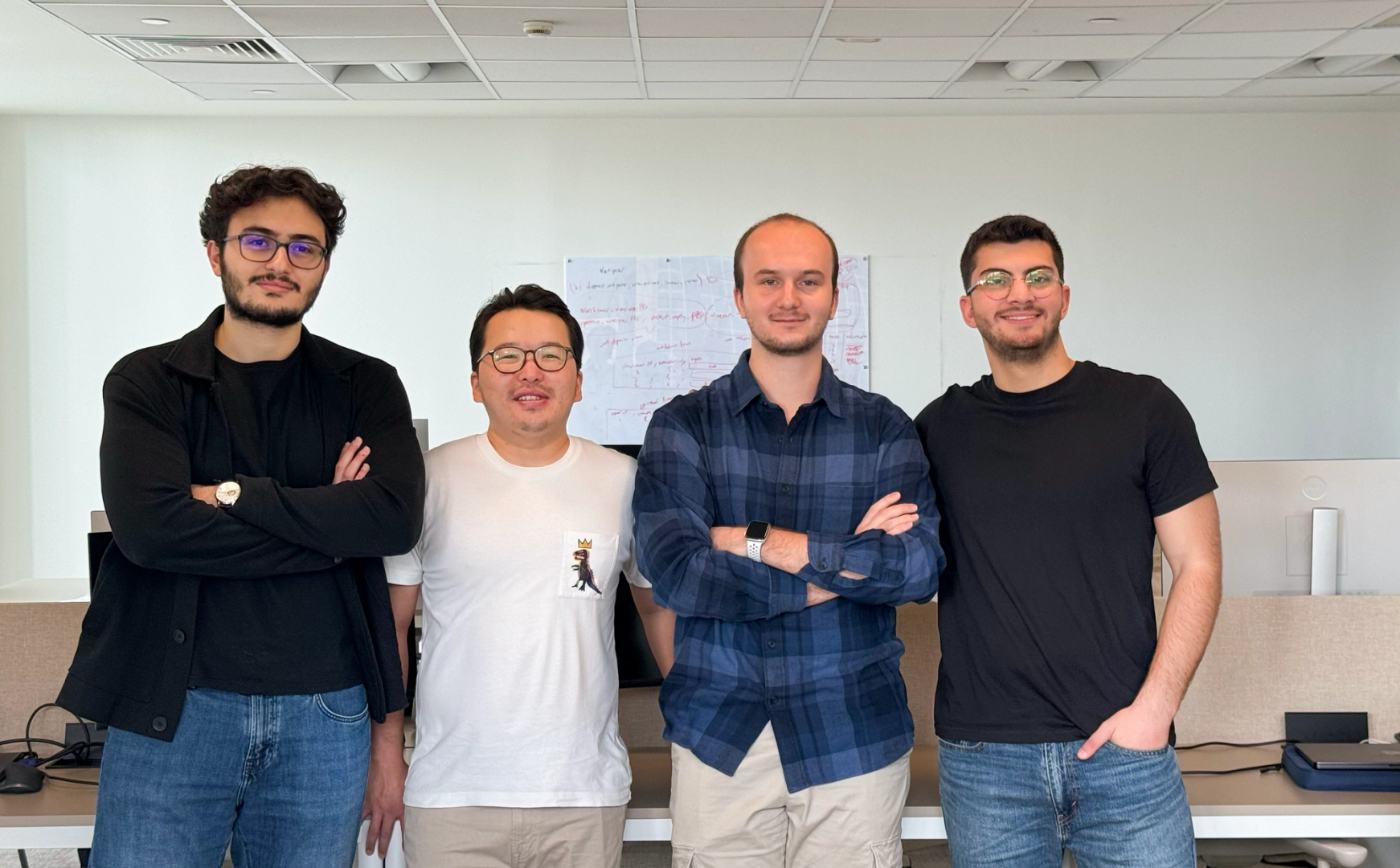






























.webp?#)